Tattoo removal has come a long way in recent years, with several methods now available for those who wish to eliminate unwanted ink. Among the alternatives to laser treatments, Rejuvi tattoo removal stands out for its non-laser, chemical-based approach. However, like all cosmetic procedures, side effects are a common concern. One critical question people often ask is whether the side effects of Rejuvi tattoo removal vary depending on the area of the body being treated. The answer is: yes, and understanding why can help manage expectations and ensure better care during recovery.
Skin Sensitivity and Regional Variation:
The human body has varying levels of skin sensitivity across different areas. For example, the skin on the face, neck, and inner wrist is thinner and more delicate compared to areas like the back or thighs. When Rejuvi solution is applied, it penetrates the skin to draw out ink particles. In thinner or more sensitive areas, this process can provoke stronger reactions such as redness, stinging, or prolonged inflammation. In contrast, thicker skin may be more resistant to discomfort but can respond with slower healing or tougher scabbing. This variation highlights why the location of a tattoo can influence the severity and type of Side effects of Rejuvi tattoo removal (الآثار الجانبية لإزالة الوشم ريجوفي) experienced.
Healing Time Differences Across Body Parts:
One of the key differences in side effects based on body area involves healing time. Areas with better blood circulation, such as the face and upper torso, often heal faster than places with less circulation, like the lower legs or feet. Faster healing typically reduces the duration of side effects like swelling, irritation, or scabbing. Conversely, areas with slower healing rates may experience prolonged discomfort and higher chances of complications such as hyperpigmentation or secondary infections. This makes it important for individuals undergoing Rejuvi tattoo removal to understand how location affects their body’s natural ability to recover.
Movement and Friction Considerations:
Certain parts of the body are subject to more movement and friction during daily activities, which can intensify the side effects of Rejuvi tattoo removal. For instance, tattoos on joints (elbows, knees), fingers, or ankles may experience more irritation due to frequent bending and rubbing against clothing. These repetitive motions can delay healing, increase the risk of scab disruption, and lead to uneven pigment extraction. In contrast, tattoos on flatter, less mobile areas such as the back or upper arm are less exposed to mechanical stress and may heal more predictably, with fewer complications.
Risk of Scarring in Different Zones:
Scarring is a potential side effect of any tattoo removal procedure, and Rejuvi is no exception. However, the risk and type of scarring can differ based on the body area treated. Regions with thinner skin and higher sensitivity, like the chest or shoulders, may be more prone to developing hypertrophic or keloid scars. Additionally, areas that are frequently exposed to the sun—such as the forearms and face—are at greater risk for discoloration and textural changes if not properly protect post-treatment. Understanding which areas are more vulnerable to scarring helps in tailoring aftercare routines to minimize these effects.
Infection Susceptibility by Location:
Post-procedural infections are a serious Side effects of Rejuvi tattoo removal (الآثار الجانبية لإزالة الوشم ريجوفي), and their likelihood can vary by tattoo location. Areas with greater exposure to environmental contaminants or sweat—such as the feet, groin, or armpits—can be more prone to bacterial complications. Moisture buildup in these regions may interfere with the natural healing barrier, allowing microbes to enter and trigger infection. Conversely, more isolated or ventilated areas like the back or upper chest are typically less prone to such complications when hygiene protocols are followed. Taking regional hygiene challenges into account is crucial when considering Rejuvi removal in sensitive or exposed zones.
Pain Levels by Tattoo Location:
Pain is an inevitable component of most tattoo removal procedures, but how much pain is felt can depend heavily on the tattoo’s location. Areas with a higher concentration of nerve endings—such as the hands, feet, ribs, and inner thighs—tend to be more painful during and after Rejuvi application. These zones may also react more intensely to the chemical formulation, leading to heightened discomfort during the peeling or scabbing phase. Meanwhile, areas with more muscle or fat padding, like the buttocks or upper arms, generally produce more tolerable sensations and reduced post-procedure pain.
Aftercare Challenges Based on Body Area:
Lastly, aftercare for Rejuvi tattoo removal can be more or less challenging depending on the body area. For example, tattoos on the back may be harder to clean and apply ointments to without assistance, increasing the likelihood of missed steps in aftercare. Tattoos on visible areas like the face or hands may also prompt social discomfort or interference with daily activities during the recovery phase. In addition, tight clothing over certain regions may cause friction and disrupt the healing process. Recognizing these logistical challenges allows for better preparation and improves overall outcomes.
Conclusion:
Rejuvi tattoo removal is a unique option for those seeking a non-laser approach, but like all procedures, it comes with potential side effects that are closely link to the tattoo’s location on the body. From healing times and infection risk to pain sensitivity and aftercare difficulties, the area being treat plays a major role in shaping the overall experience. By understanding these differences, individuals can set more accurate expectations, take preventive steps, and ensure a smoother healing process across all treated zones.



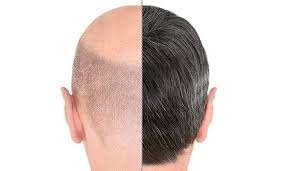
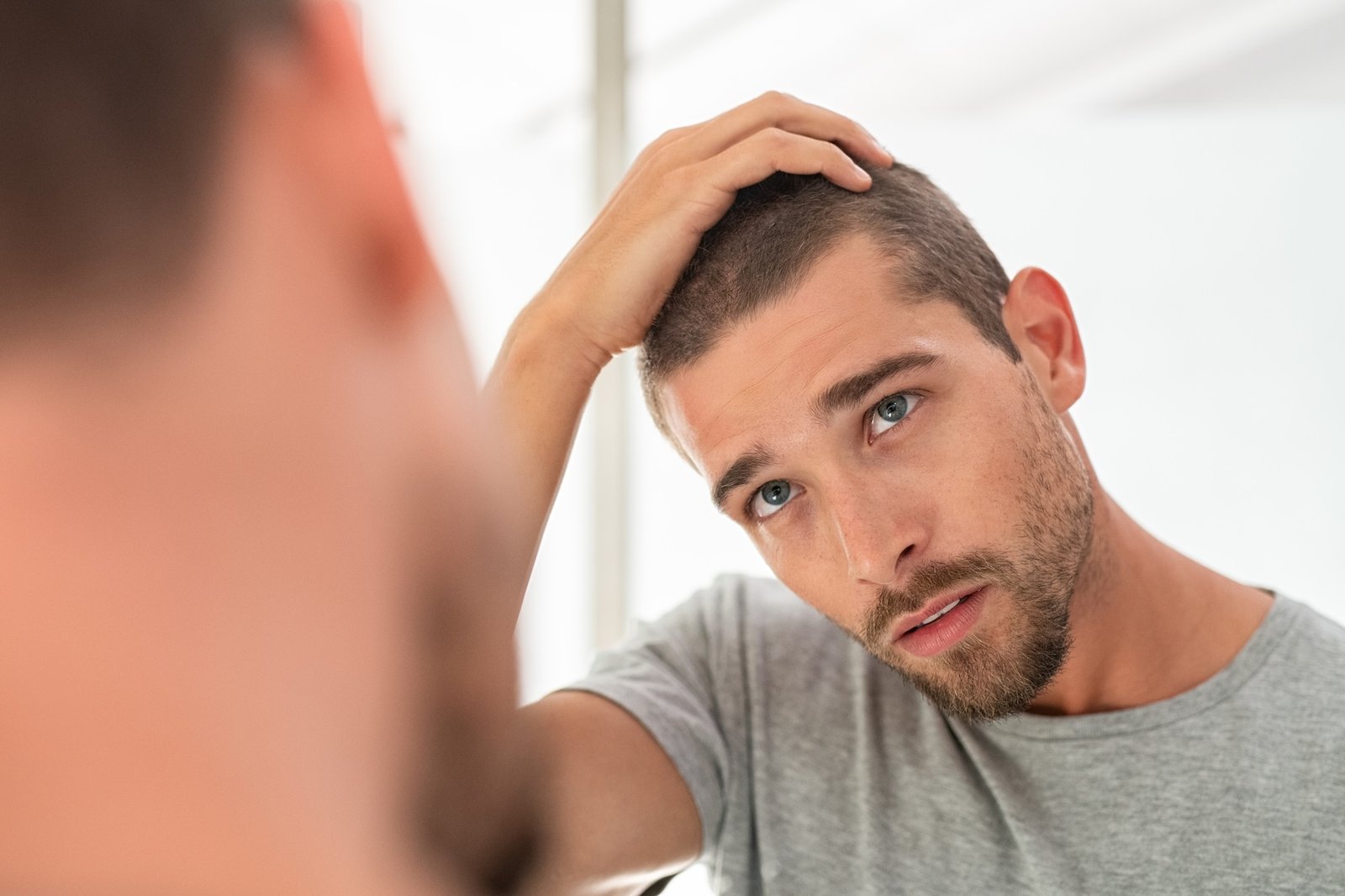
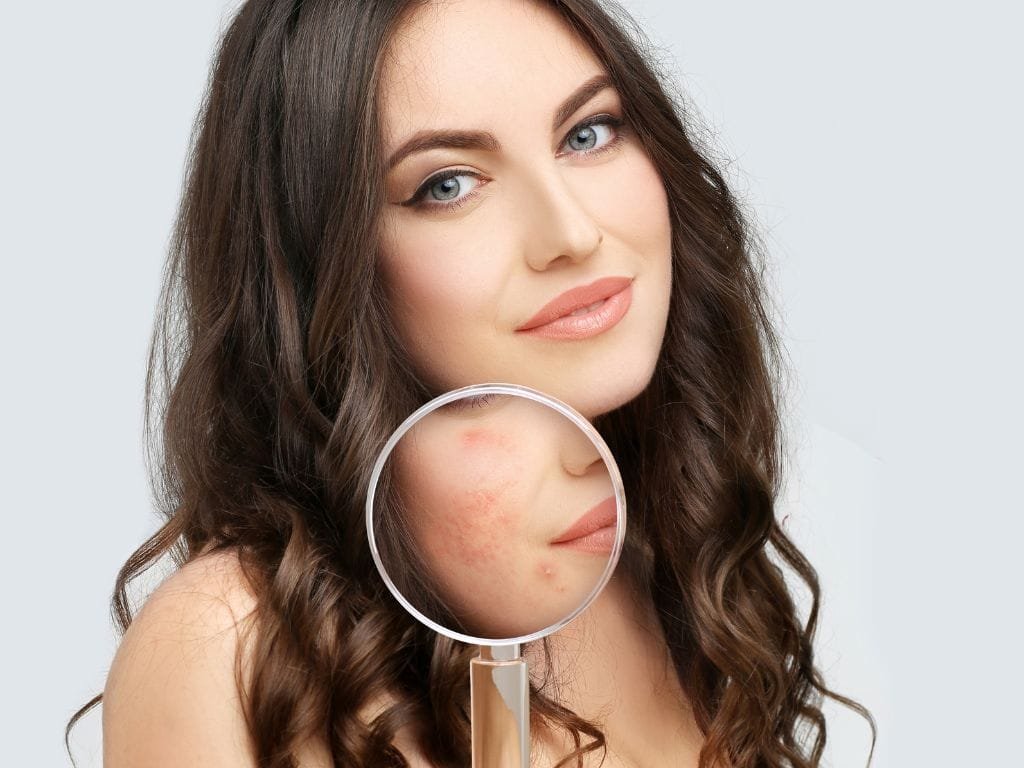
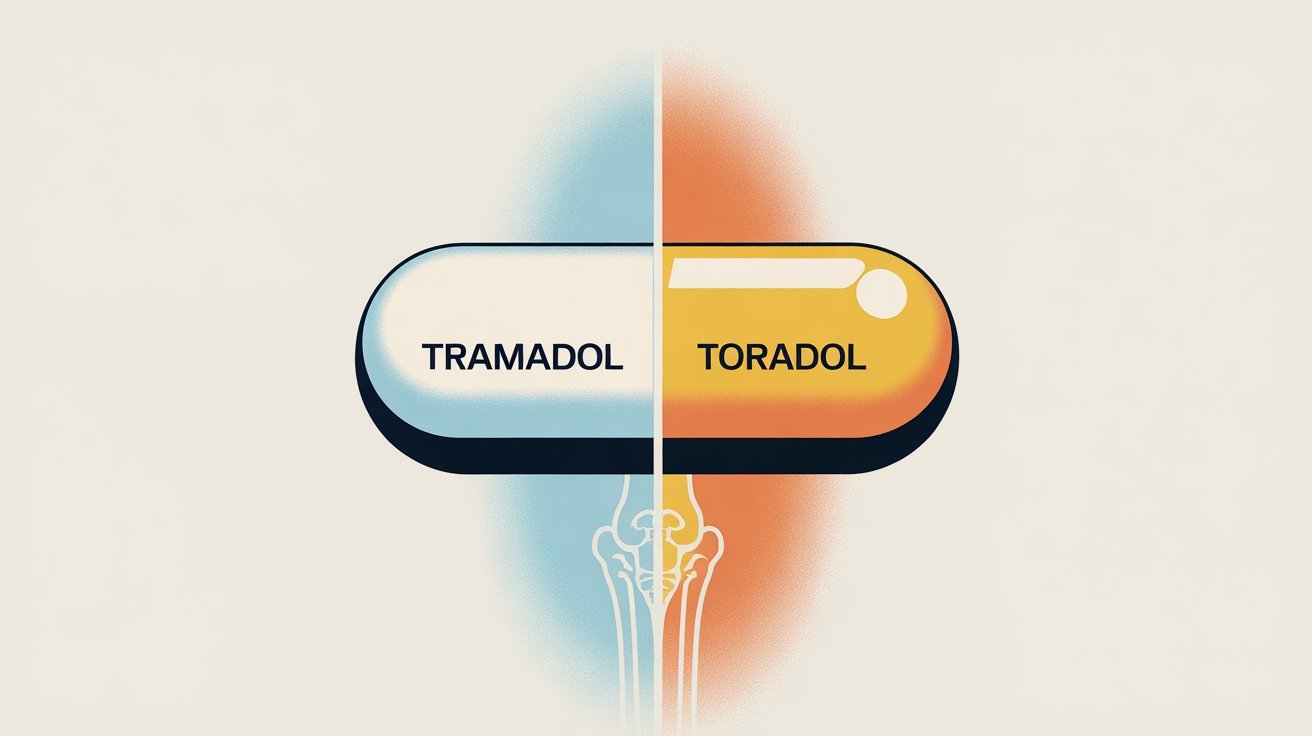
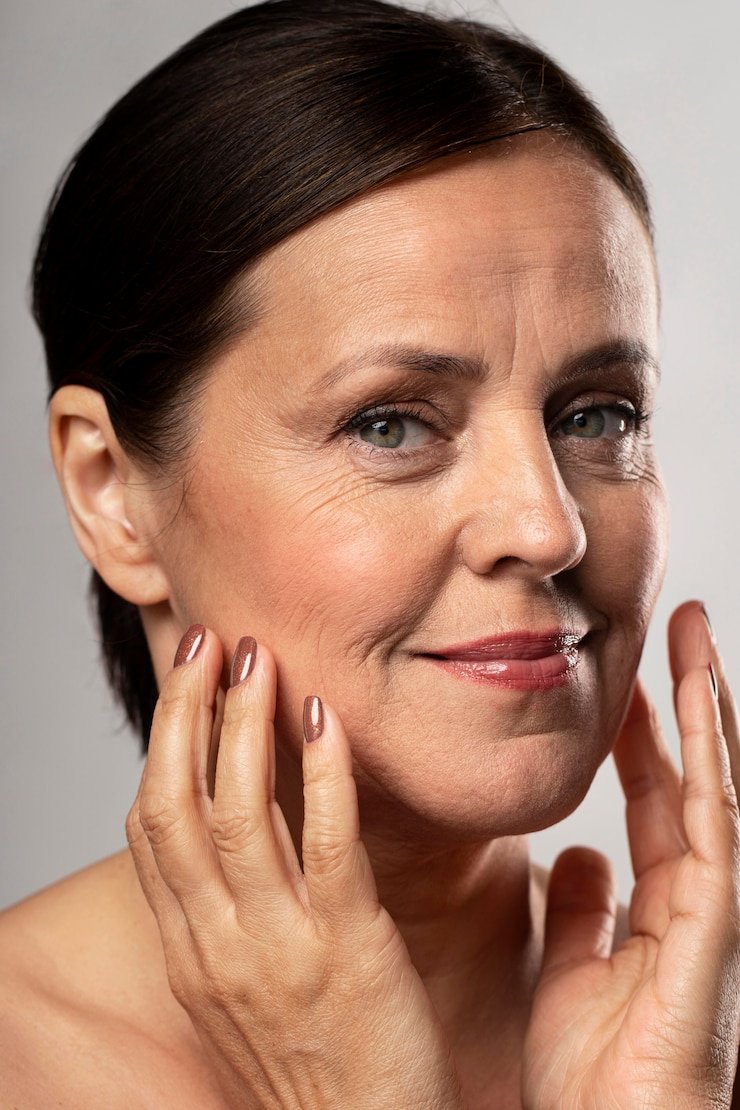
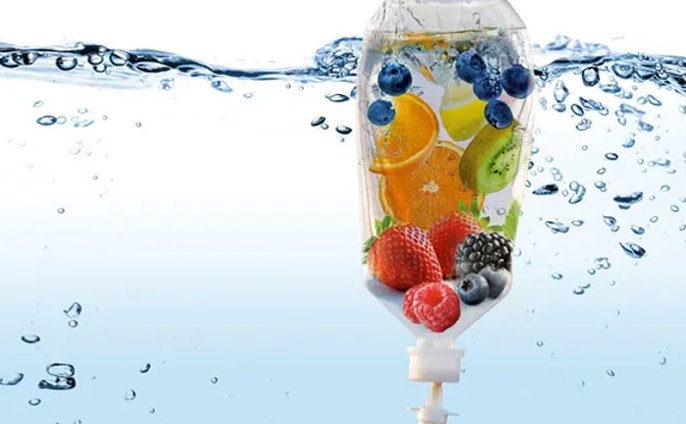
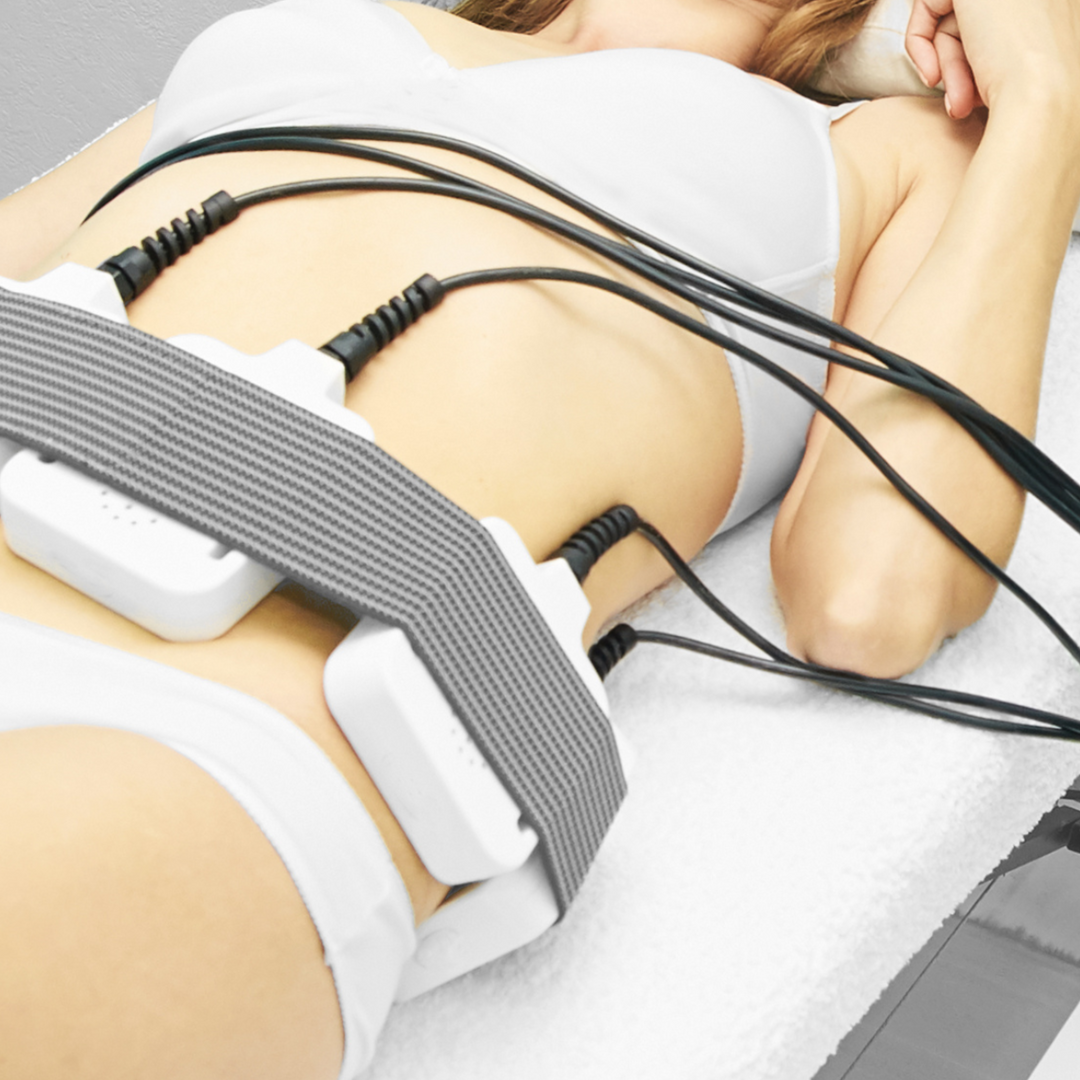

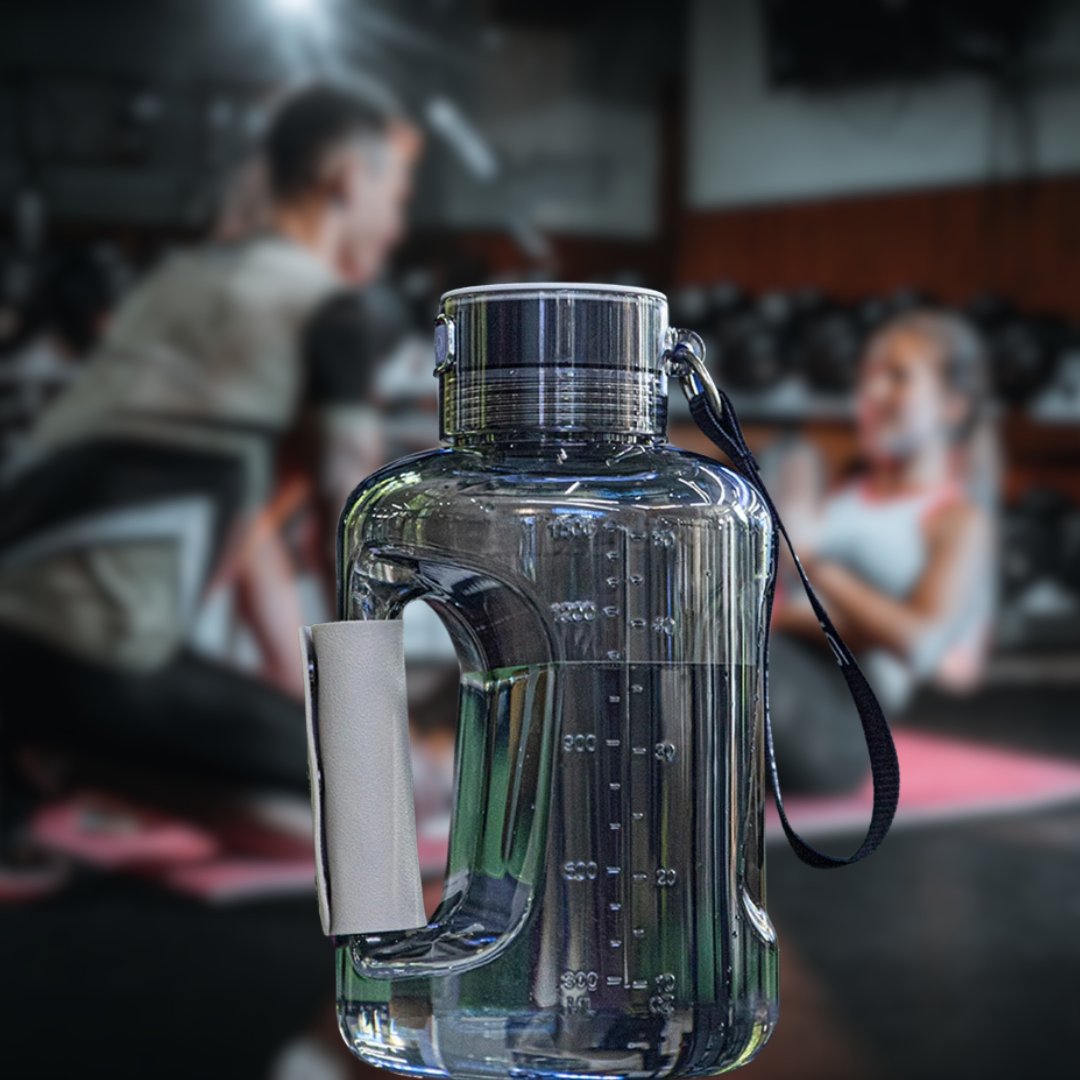


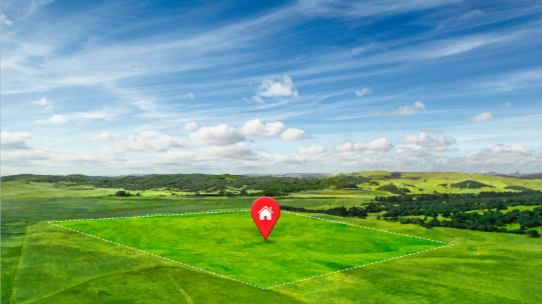
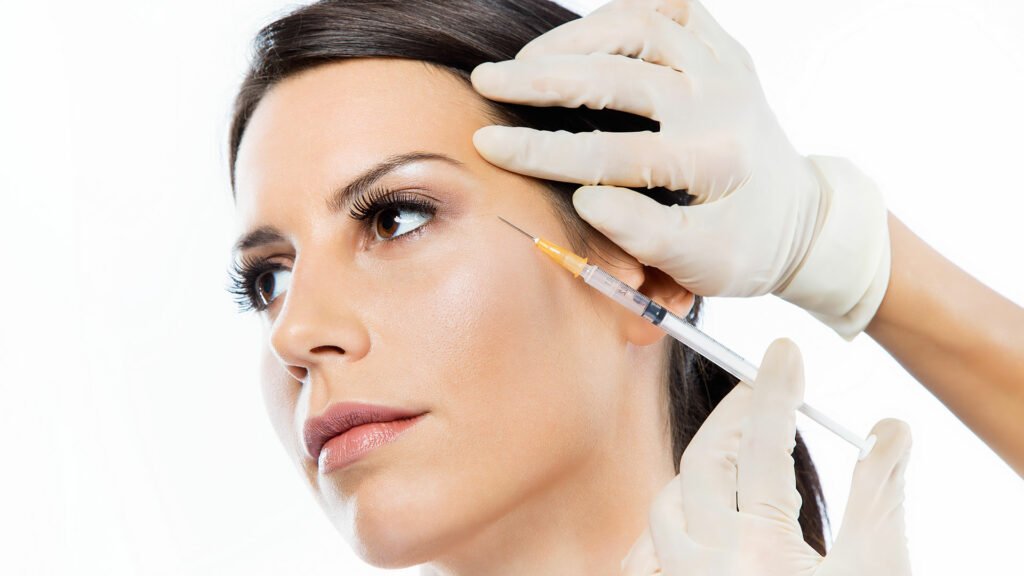
Leave a Reply